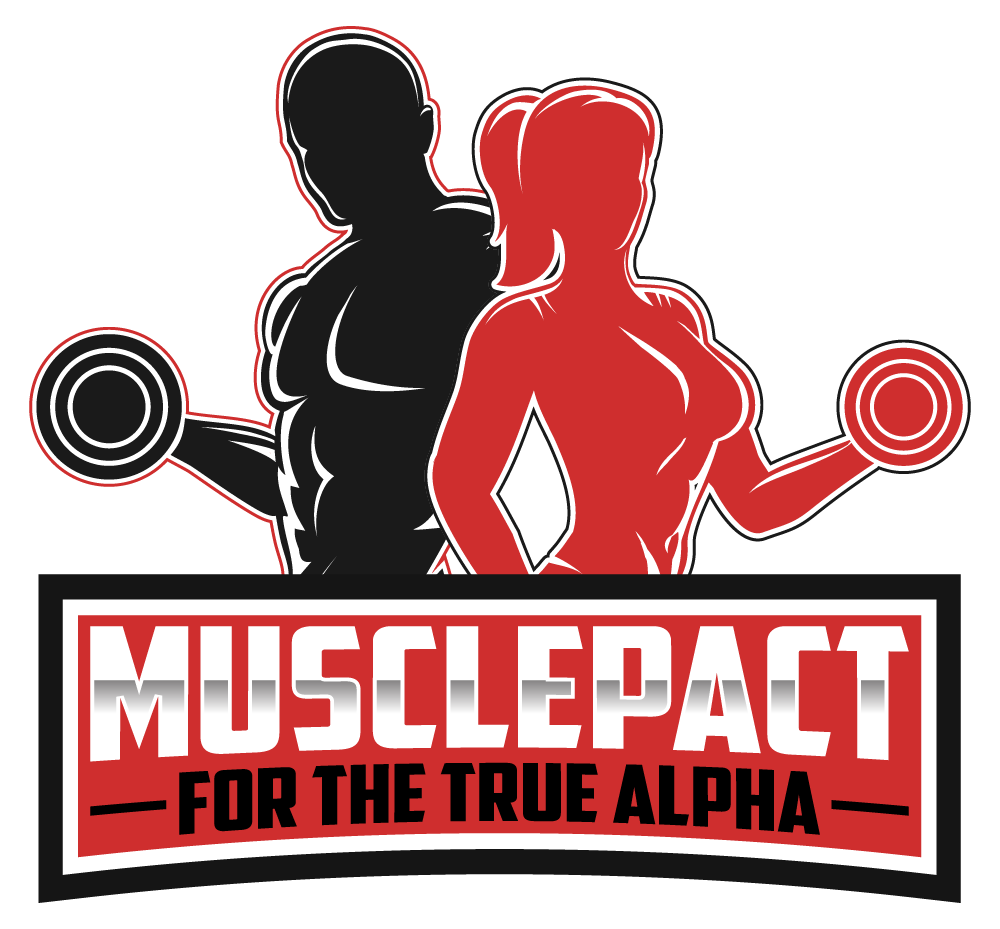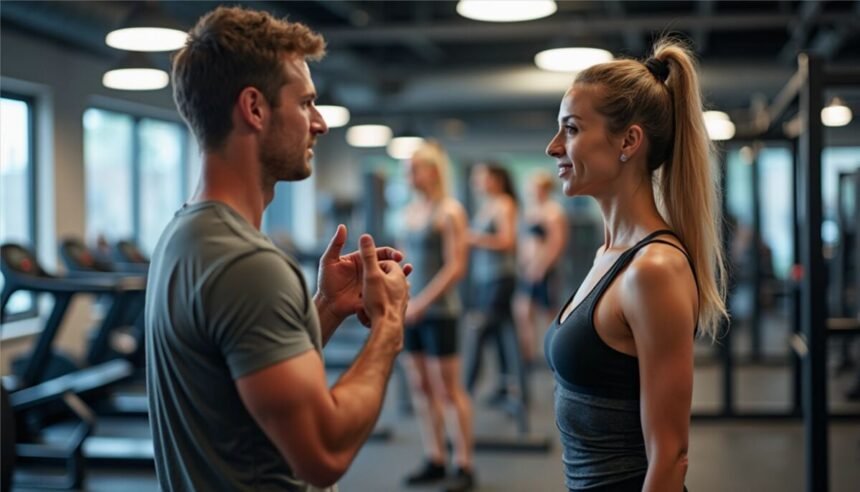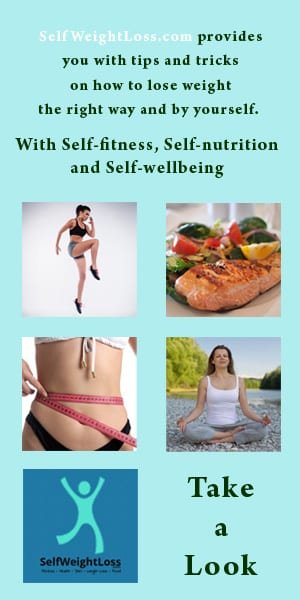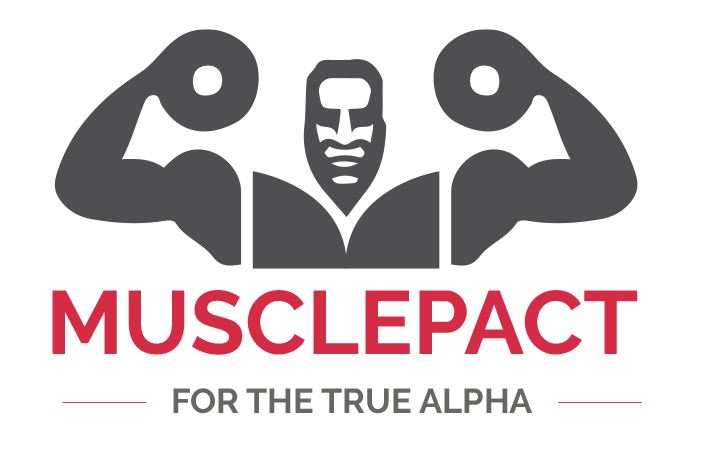I’ll admit it: last month I nearly toppled off the couch trying to reach a snack on the top shelf—yes, the one spot I always ignore until it bites me. That minor misadventure (and my creaky knees afterward) got me thinking: why aren’t we training for life instead of just sculpting biceps?
Enter functional fitness, the buzzword shaking up gyms, living rooms, and parks everywhere.
It’s not about bulging pecs or Instagram-perfect form. It’s about making everyday moves—lifting, reaching, squatting—as effortless as breathing.
What’s fueling this craze?
Remember when high-intensity interval training was the new kid on the block? Well, functional fitness has quietly stalked its way into the top ten trends of 2025, according to the American College of Sports Medicine. This is no small feat in a lineup that includes wearable tech and mobile apps.
Why the surge? For starters, our lives have never been more sedentary. Remote work means fewer commutes, more couch time, extra groovy—but at what cost? We crave practical strength: the kind that saves you from back pain when hauling groceries or the one that steadies your balance when the toddler tugs on your leg (a real-world deadlift if there ever was one).
The momentum also comes from a growing desire to stay independent as we age. Functional movements help preserve mobility and reduce falls—imperfections and all—so rocking chairs and nursing homes don’t feel like our only option down the road.
The real deal benefits
I’ve sampled traditional routines, sure—endless bench presses, quad extensions—but functional fitness zeroes in on whole-body coordination. You might call it “muscle memory for life.” Here’s what you get:
- True-to-life strength: Instead of isolating a curl, you train multiple muscles in concert. Think farmer’s walks that mimic carrying full shopping bags.
- Enhanced balance & stability: Single-leg deadlifts make your ankles and hips whisper, “We’ve got this,” cutting your fall risk.
- Better flexibility & mobility: Dynamic planks, rotational chops, and lunges through all planes of motion loosen stiff joints and banish that “I-can’t-touch-my-toes” syndrome.
- Injury prevention: Strengthening the kinetic chain—your body’s interconnected bits—reduces nasty knock-on effects when one piece goes rogue.
Not to mention, your confidence skyrockets when you realize you can vault off the floor or heft a box without wincing. And let’s be honest: that feeling is downright electric.
—Isn’t it wild how you can train moves you actually use?
How to dip your toes in
Okay, start small. No need to overthink or buy a warehouse of fancy gear. All you need is body weight, maybe a pair of dumbbells or resistance bands. Here’s a micro-starter routine I adapted from a Healthline article:
- Squats (3 sets of 12)
- Incline push-ups (2 sets of 10–15)
- Single-leg deadlifts (2 sets of 8 each side)
- Plank holds (2 × 30 seconds, build up slowly)
- Step-downs or step-ups (2 sets of 10 each leg)
Do this 2–3 times weekly—on off-days, take a brisk walk or toss in some light yoga.
Progress might feel snail-paced at first (and that’s fine), but over weeks you’ll notice a springier step, less stiffness, and a secret thrill when you casually heft that awkward suitcase.
A few tips from someone who’s been there
Listen to your body. If your hip creaks, adjust your stance or range of motion—no shame in tweaking.
Mix it up. Swap squats for lunges, planks for side-planks. Variety keeps both mind and muscles engaged.
Keep it real. Practice movements dressed for life: carry bags, play with pets, pick things up off the floor.
Functional fitness isn’t a one-and-done shiny trend. It’s a lifelong toolkit. The ego-satisfying part? You stop dreading everyday chores and start owning them.
Ready to make life a little smoother, stronger, and more fun? Give functional fitness a whirl—and then come back and tell me which move surprised you the most.
Leave a comment below with your funniest kitchen-shelf misadventure or tag us on Facebook and Instagram. Let’s grow stronger together, one real-world movement at a time.
Alia Bhatt’s post-baby fitness secrets revealed by her trainer—here’s how she did it.
Sources
- www.health.harvard.edu/exercise-and-fitness/Functional-fitness
- www.healthline.com/health/fitness/functional-fitness-adults
- www.longevity.technology/lifestyle/functional-fitness-definition-benefits-exercises/
- www.thewellnews.com/health/2025-fitness-trend-spotlight-functional-fitness/






